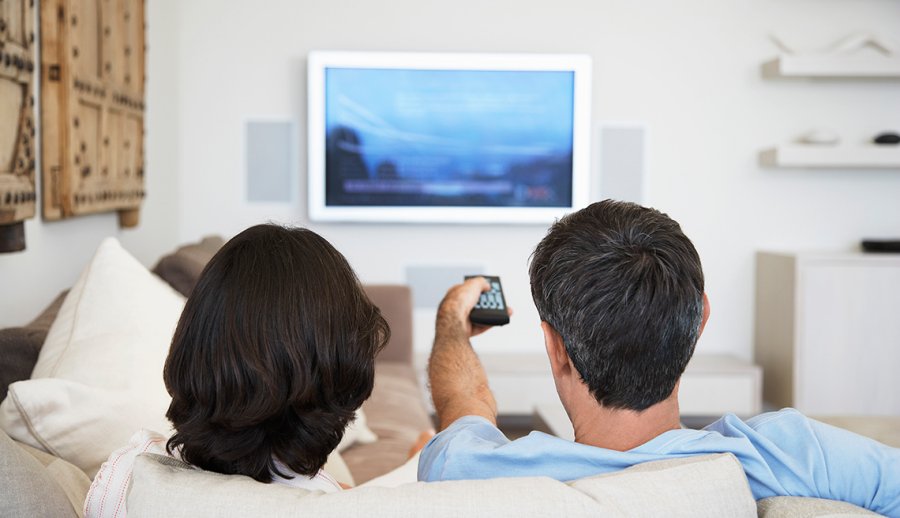Report: CTV success leads to fraud schemes spike
May 16, 2022

Findings from digital media measurement, data and analytics software platform DoubleVerify (DV) suggest there has been a record spike in fraud schemes.
DV’s 2022 Global Insights Report, analyses media quality and performance trends from more than one trillion impressions delivered across over 2,100 brands in 80 markets.
“The good news is that verification is working,” said Mark Zagorski, CEO, DoubleVerify. “DV’s first-ever Global Insights Report, published in 2017, reported display viewable rates at 52 per cent and video viewable rates at 59 per cent. Now, they are near or above 70 per cent. Additionally we saw brand safety violations decrease for the second year in a row, while the number of fraud schemes we were able to protect our clients from increased. Based on our stats, it is clear that verification technology is making the internet stronger, safer and more secure.”
The report provides a market-by-market analysis for North America, LatAm, EMEA and APAC across video and display impressions measured year-over-year (YoY) from January-December 2021, including desktop and mobile web, mobile app, and connected TV (CTV). Key takeaways include:
Record Spike in Fraud Schemes, driven by CTV and Video — The number of fraud schemes uncovered by DV spiked by over 70 per cent year-over-year from 2020 to 2021. This year, an unprecedented number of schemes targeted CTV and video – the most complex and sophisticated of which included OctoBot, SneakyTerra, ViperBot and SmokeScreen. DV estimates these schemes alone attempted to steal more than $6-8 million each month from advertisers – and are costing publishers, too. DV estimates show that these CTV schemes alone may have siphoned $140 million from publishers in 2021.
Brand Safety Violations Decrease for 2nd Year in a Row — The post-bid brand suitability violation rate continues to fall, and is now 9 per cent lower than last year for an overall rate of 7.1 per cent – meaning advertisers see brand suitability violation rates decrease as their verification strategy matures. DV also saw momentum for a brand safety and suitability floor. In 2019, the Global Alliance for Responsible Media (GARM) and the 4As released the brand safety floor and suitability framework. The brand safety floor identifies topics and content that are considered unsafe and never appropriate for monetization. Ninety-three per cent of the advertisers DV analysed leverage at least one brand safety floor category for avoidance, blocking and or monitoring, and 61 per cent use all floor categories.
Video Ads See Impressive Growth in Attention, Driven by CTV — Video Completion typically refers to the number of times a video plays to the end, often broken up into quartile metrics to indicate levels of video performance and attention (e.g., 25 per cent Complete, 50 per cent Complete, 75 per cent Complete, 100 per cent Complete). DV has seen moderate, steady improvement in quartile-level completion rates for quartiles 1, 2, and 3 over the last three years. However, Video Completion Rate (VCR) has drastically improved from 62 per cent in 2019, to 67 per cent in 2020, to 71 per cent in 2021. This increase is likely as a result of increased measurement on CTV, where VCR climbed 3 per cent year-over-year and is now at 95.6 per cent.
Pre-bid Verification Boosts Media Quality & Performance — Increased adoption of pre-bid verification is driving declines in post-bid violations (brand safety/suitability, fraud and geo infractions). Pre-bid activation of verification solutions allows advertisers to reduce blocks by evaluating whether a programmatic impression will be brand-suitable, fraud-free, and in geo before the bid takes place. Advertisers deploying pre-bid verification through the media transaction are seeing marked improvement in the quality of their buys, with post-bid violation rates falling 6 per cent year-over-year. Overall, DV advertisers now experience an average of just 10 per cent post-bid violations across all quality measurement criteria.
Experience is Driving More Sophisticated Verification Strategies — The number of years a brand has worked with a verification provider typically equates to greater sophistication and understanding of the value of such verification tools, ultimately resulting in lower violation rates, greater campaign quality, and efficiency. DV found that long-standing verification users are most likely to adopt a wider set of verification tools, preventing fraud and brand suitability infractions before an ad is served. These advanced advertisers saw a 9.4 per cent post-bid violation rate in 2021–6 per cent below the global average and 28 per cent below more recent adopters.
For EMEA and the UK, specifically, key findings include:
- Fraud rate decreased 22 per cent year-over-year, and although EMEA is behind APAC and LATAM, it is below the global average.
- In the UK, fraud is positively down by 11 per cent
- Brand suitability violation rates declined year-over-year, but EMEA is far behind North America and APAC. This may be because EMEA advertisers serve on more mobile web and longtail inventory than do advertisers in other regions.
- In the UK, brand suitability violation rates have risen by 5 per cent
- EMEA saw very little change in viewability YoY. Although its display viewable rate is below 70 per cent and could improve, this kind of levelling off suggests advertisers in the region are beginning to focus on KPIs beyond viewability.
“This year’s report finds that media quality is table stakes,” added Zagorski. “No longer is it acceptable to assume that a portion of media dollars will be wasted on fraud, or potentially exposed to brand suitability concerns. Advertisers have demanded quality, understanding that it is a prerequisite to achieving performance.”
